ASEAN-GCC-China Summit: A new catalyst in global power?
With the youthful population and rapidly growing markets in ASEAN, the rich energy resources and sovereign investment capacity of the GCC, and the industrial and technological prowess of China, the ASEAN-GCC-China tripartite could reshape the foundation of global trade, strategically counter protectionist impulses and infuse a new era of economic interdependence that is less risky, notes academic Rishi Gupta.
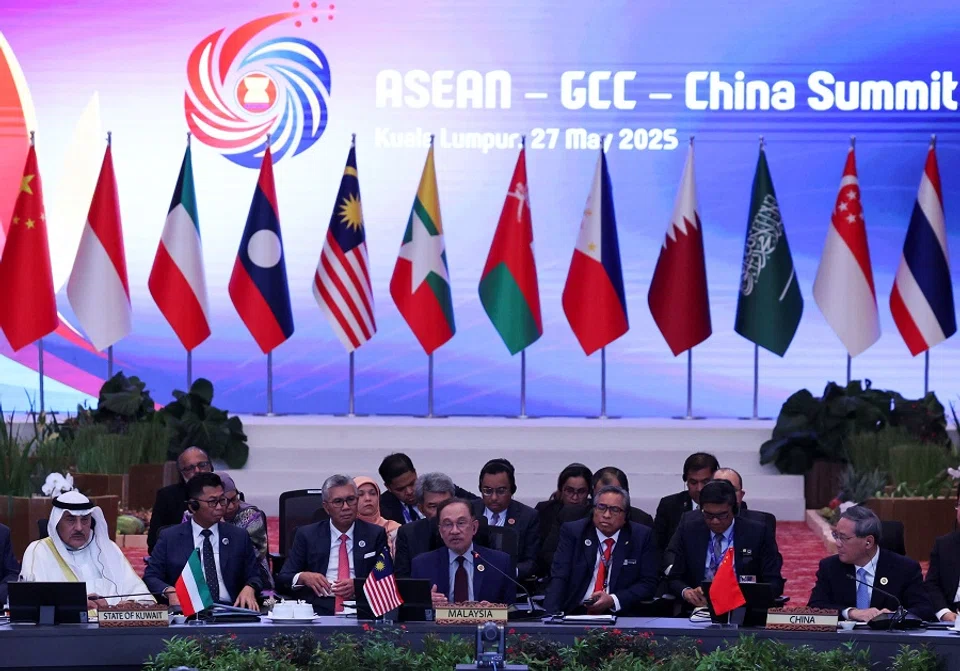
In a world marked by uncertainty, upheaval and shifting alliances, countries are actively experimenting with new power equations in their bid to explore and strengthen their roles. This could be seen with the inaugural ASEAN-GCC-China Summit held in Malaysia on 27 May, marking a notable moment in geopolitics with China at the heart of it.
In Kuala Lumpur, ASEAN country leaders met their counterparts from the Gulf Cooperation Council (GCC), comprising six Arab states, namely Bahrain, Kuwait, Oman, Qatar, Saudi Arabia and the United Arab Emirates. However, China was unexpectedly present at a trilateral summit.
While ASEAN and GCC had engaged each other since 1990 when their foreign ministers met formally on the sidelines of the United Nations (UN) General Assembly in New York to deepen economic cooperation between the two regional organisations, culminating in a formal ASEAN-GCC Summit in 2023, the joining of China for a trilateral meeting indicates an alliance that forms a triangle of complementary strengths: the youthful population and rapidly growing markets in ASEAN, the rich energy resources and sovereign investment capacity of the GCC, and the industrial and technological prowess of China.
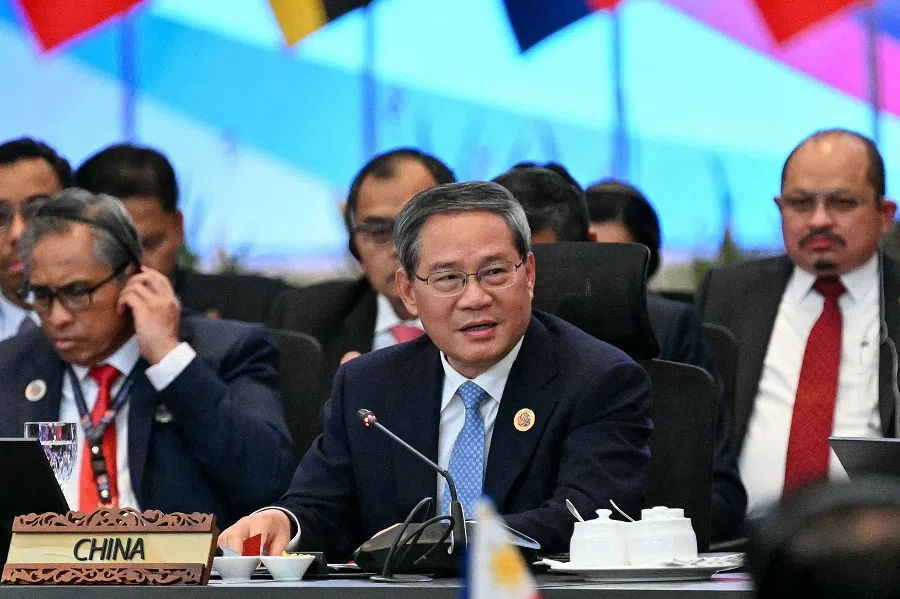
However, what is more convincing is that their alignment signals a shift towards multipolar cooperation, which seems primarily driven by shared interests in trade connectivity, infrastructure development and regional stability. Could this emerging triumvirate redefine the balance of influence in Asia and the Middle East? Let’s decode this by examining the economic heft of the two leading regional organisations and China.
... it highlights how China is recalibrating its global posture by no longer erring towards unilateralism and advocating the value of multilateral trade norms, which remain the fundamental goal of the global trade system.
The economic heft
ASEAN, GCC and China collectively offer a GDP of US$25 trillion and approximately two billion people, making it the most influential multilateral collaboration of top Asian and Middle Eastern economies. Reaffirming the economic potential, the ASEAN-GCC-China Summit joint statement commits to “enhancing economic cooperation by leveraging the complementarities among ASEAN, GCC, and China”.
But more striking in the statement is the reference to their reaffirmation of the central and indispensable role of the World Trade Organization (WTO) at the core of the “rules-based multilateral trading system, which provides a predictable, transparent, non-discriminatory and open global trading system”.
This seems to be a direct response to the actions of the US, especially under a new Republican administration, over the last six months, including criticising and pausing funds for the WTO, disrupting the global markets and trade through its new tariff regime.
More importantly, it highlights how China is recalibrating its global posture by no longer erring towards unilateralism and advocating the value of multilateral trade norms, which remain the fundamental goal of the global trade system. China’s turnaround with international institutions is a case in point, as it increasingly portrays an alignment with them. For instance, in April 2025, China formally initiated a WTO dispute against the US over its broad-based additional duties — an assertive step demonstrating Beijing’s renewed faith in institutional mechanisms and signalling its strategic commitment to leveraging the rules‑based order it once was accused of bypassing.
... the capital inflow the GCC countries offer in Southeast Asia provides opportunities for infrastructure development, information technology and the region’s energy needs.
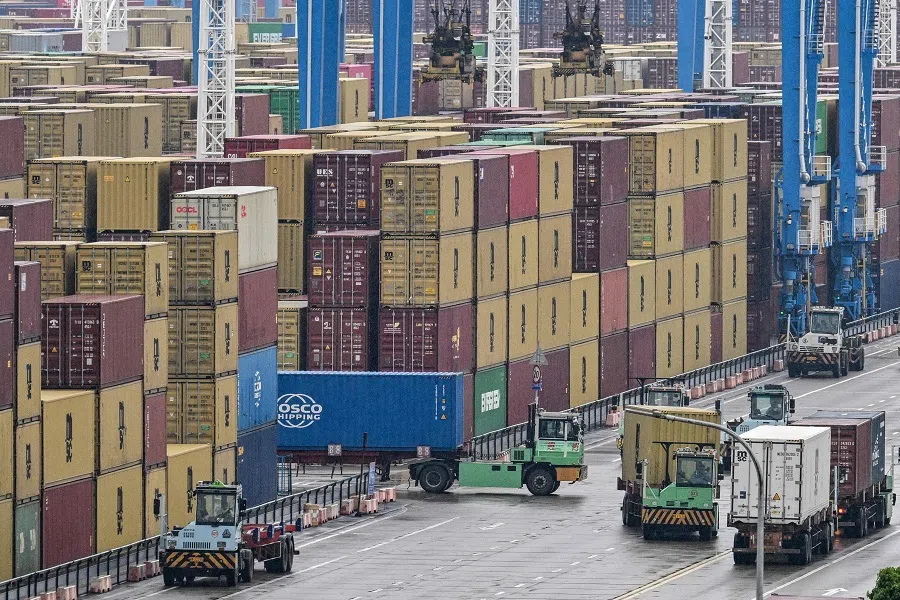
If the three mighty economic power centres align on a pure market agenda, it will not be surprising to see them reshape the foundation of global trade, strategically counter protectionist impulses and infuse a new era of economic interdependence that is less risky.
Second, the capital inflow the GCC countries offer in Southeast Asia provides opportunities for infrastructure development, information technology and the region’s energy needs. This aligns with China’s strategic interests as it remains a key “know-how” partner, and it would hope to leverage Gulf financing, reinforcing Beijing’s assertion as a key power centre in the region. Also, considering the geopolitical churn across the world, in particular Europe, concerning the war in Ukraine and the ongoing conflict in Gaza, the GCC countries are looking for a capable and reliable partner for investment.
Not long ago, GCC member Saudi Arabia committed to investing US$600 billion in the US when US President Donald Trump visited the Saudi capital and met the crown prince. While China brings cutting-edge technology to the table, ASEAN offers strategic connectivity, economic resilience and a rapidly growing consumer base. Therefore, the ASEAN-GCC-China Summit may be a rational and forthcoming bridge between the two regions.
Redefining Beijing’s leadership
Apart from a large spectrum of focused engagements promised during the summit — including economic integration, connectivity, energy security and sustainability, digital transformation and innovation, food and agriculture, and people-to-people exchanges — the ASEAN-GCC-China Summit joint statement includes the leaders’ “grave concerns over the developments in the Middle East”. They also unequivocally condemned “attacks against civilians and call for a durable ceasefire” and demanded unimpeded humanitarian aid delivery across Gaza — underscoring their geopolitical weight, especially in the Islamic world.
... ideological convergence could be a new normal coming out of the Middle East, where their economic heft contributes to streamlining their concerns regarding Gaza with the partners.
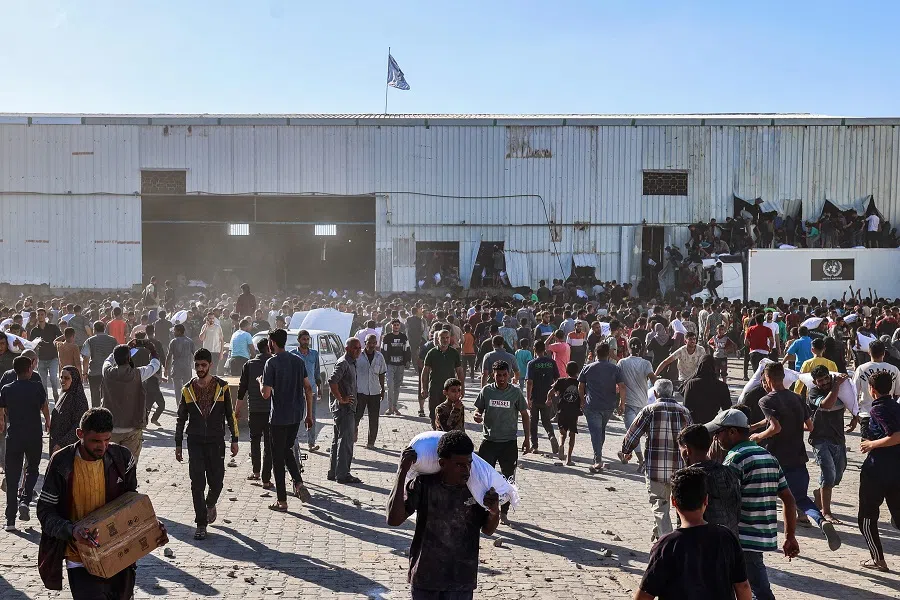
This firm and coordinated stance from a tripartite that includes China — a permanent member of the UN Security Council — and the Gulf states at the heart of the Islamic world, signals a rare convergence of economic and moral diplomacy.
At the same time, ideological convergence could be a new normal coming out of the Middle East, where their economic heft contributes to streamlining their concerns regarding Gaza with the partners. In brief, the Islamic world, which was long divided on political lines, has found new cohesion on Gaza. The economic charm that the Middle East offers to China has already echoed through the facilitation of the Beijing Declaration on Palestinian unity, signed in July 2024. Meanwhile, ASEAN, traditionally cautious about Middle Eastern politics, has its moment where Islamic countries within ASEAN, mainly Brunei, Indonesia and Malaysia, find like-minded countries in the GCC to echo moral advocacy.
In sum, if China was desperately looking to create its niche space as a global power centre, this may be the right moment for it, considering the unpredictability of the US. For China, forging its leadership role on the global stage by forging new power equations with key countries and regional groupings, including ASEAN and GCC, could come naturally.
For added reference, Beijing’s “no-limits” partnership with Russia signals a geopolitical counterweight to Western influence. It misses no chance to deepen ties with the global south, strengthen BRICS as an alternative economic bloc and enhance its influence in ASEAN and the Middle East. While it may be too early to conclude whether China’s moves reflect its ambition to shape a multipolar world order, one element is at least guaranteed: it wants to shape an assertive “multipolarity” with Chinese characteristics more aligned with its interests.



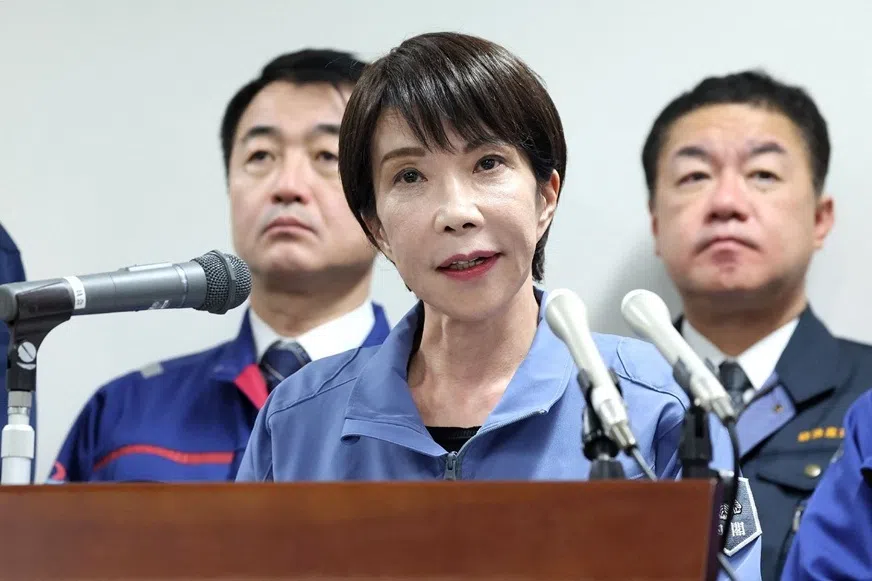
![[Big read] China’s 10 trillion RMB debt clean-up falls short](https://cassette.sphdigital.com.sg/image/thinkchina/d08cfc72b13782693c25f2fcbf886fa7673723efca260881e7086211b082e66c)
![[Big read] Love is hard to find for millions of rural Chinese men](https://cassette.sphdigital.com.sg/image/thinkchina/16fb62fbcf055b710e38d7679f82264ad682ce8b45542008afeb14d369a94399)